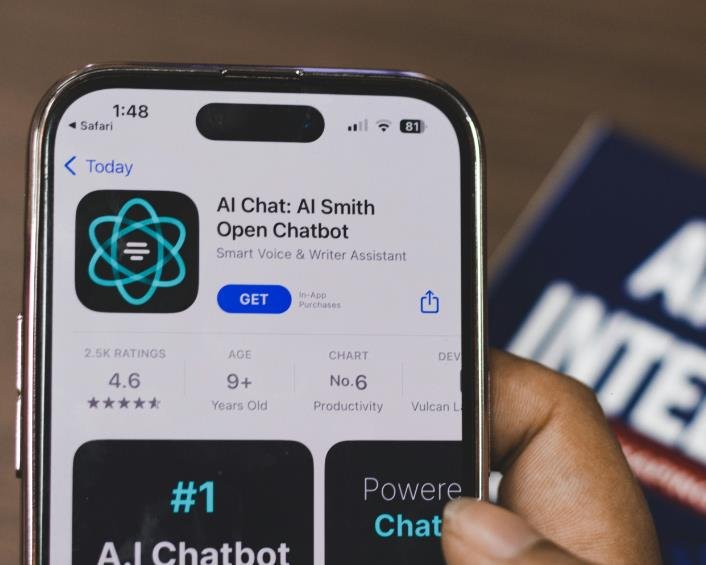Smartphone enthusiasts might want to take a closer look at the latest trend in mobile technology. While artificial intelligence (AI) continues to buzz as the next big thing, some argue it’s overshadowing crucial hardware advancements. This shift could have significant implications for both consumers and the industry at large. Let’s dive into why AI might be hindering the true potential of smartphone innovation.
Overlooking Groundbreaking Hardware Innovations
Smartphone users across the globe are noticing a slowdown in genuine hardware improvements. It’s not just about adding flashy AI features anymore.
- Limited R&D Budgets: Companies are allocating more funds to AI development, leaving less for innovative hardware projects.
- Foldable Phones: These devices are still in their infancy, requiring years of refinement that might be delayed due to AI focus.
Think about it: foldable smartphones have a long way to go before they reach their full potential. Yet, with budgets stretched thin, how can companies keep up the pace?

The Trade-Off Between AI and Hardware
| Aspect | AI Development | Hardware Innovation |
|---|---|---|
| Budget Allocation | Increasing | Decreasing |
| Innovation Pace | Rapid, but narrow focus | Slower, but more diverse |
| Market Impact | Short-term excitement | Long-term technological leaps |
By prioritizing AI, companies might miss out on the next big hardware breakthrough that could redefine the smartphone experience.
AI Takes Priority Over Resolving Critical Issues
It’s not just about shiny new features; there are fundamental problems that need fixing. Yet, AI often takes the front seat.
Smartphone users are frustrated with persistent issues like shutter lag, battery life, and bloatware. Instead of addressing these, companies rush to integrate AI enhancements. It’s like putting a band-aid on a broken leg while ignoring the root cause.
The Real User Needs
Most people use their smartphones as essential tools. Here’s what they’re really after:
- Improved Battery Life: Longer-lasting phones mean less frequent charging.
- Enhanced Camera Performance: Crisp, lag-free photos are a must.
- Streamlined Software: Less bloatware translates to a smoother user experience.
Focusing on these areas would provide more tangible benefits than adding another AI feature that users might never utilize.
How AI Features Are Making Smartphones Less User-Friendly
Adding too many AI-driven features can clutter the user interface, making phones harder to navigate for non-tech-savvy individuals.
Imagine trying to use a phone where every app suggests an AI-powered shortcut. It might sound cool, but it can quickly become overwhelming. Users end up struggling to keep up with constant changes and new functionalities, leading to frustration rather than satisfaction.
The User Experience Breakdown
- Cluttered UI: Too many icons and AI prompts can confuse users.
- Steep Learning Curve: Not everyone is tech-savvy enough to utilize advanced AI features effectively.
- Inconsistent Performance: AI features may not always deliver expected results, adding to user frustration.
In essence, the more complicated a smartphone becomes, the less enjoyable it is to use.
Are Companies Focusing More on Novelty Than Value?
Tech giants seem to be betting on AI to differentiate their products, often at the expense of delivering real value to consumers. This focus on novelty can alienate cost-conscious buyers who prioritize functionality over flashy features.
The Value vs. Novelty Dilemma
| Strategy | Benefits | Drawbacks |
|---|---|---|
| Novelty (AI Focus) | Attracts early adopters | Neglects essential improvements |
| Value (Functionality Focus) | Meets core user needs | Might lack cutting-edge features |
Consumers are left choosing between paying extra for unnecessary AI features or settling for phones that might lack the latest technological advancements. It’s a lose-lose situation for many.








